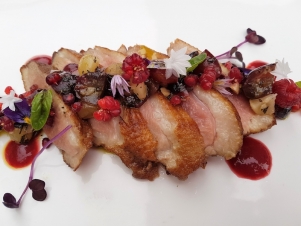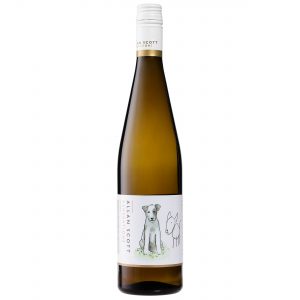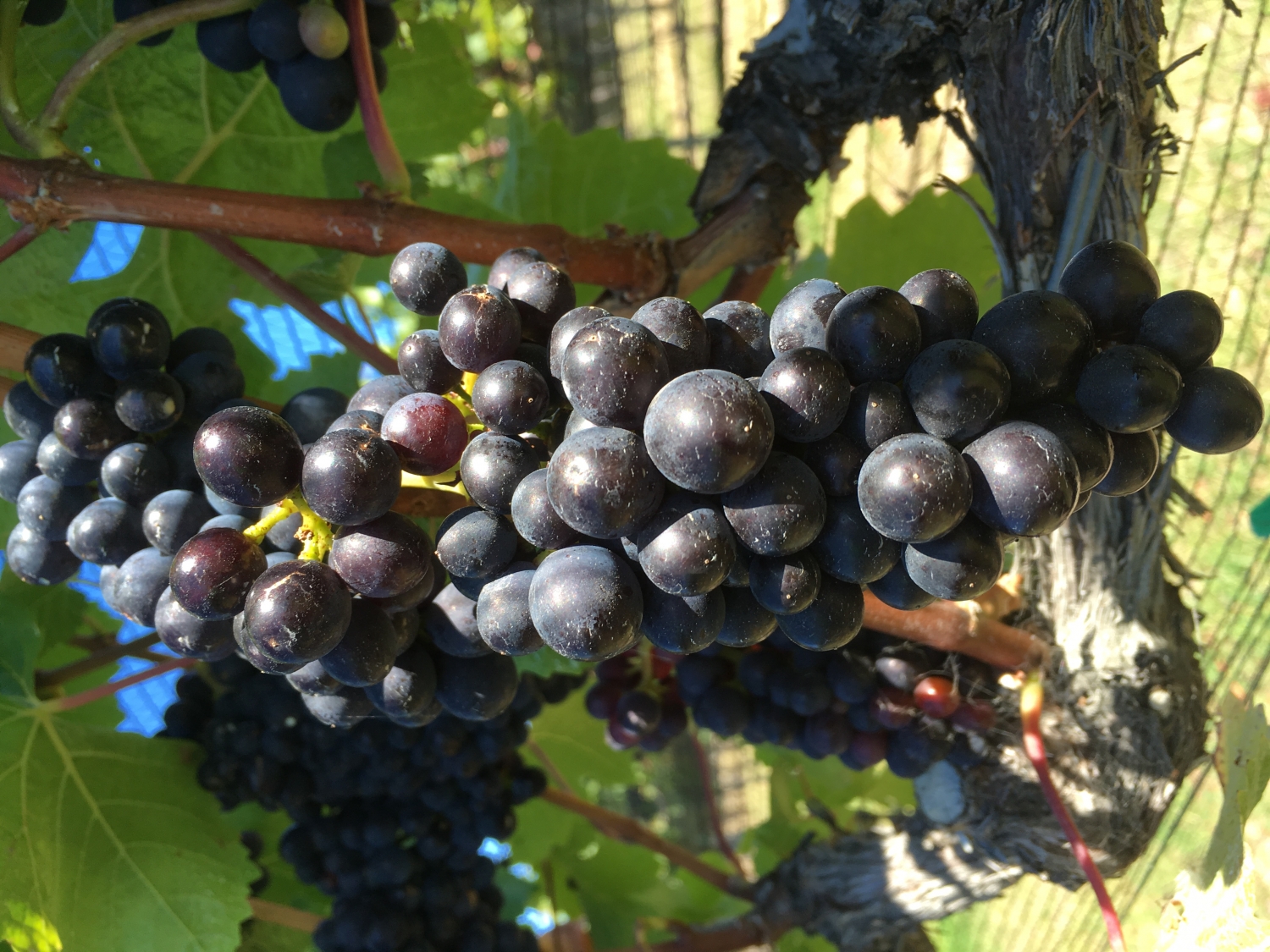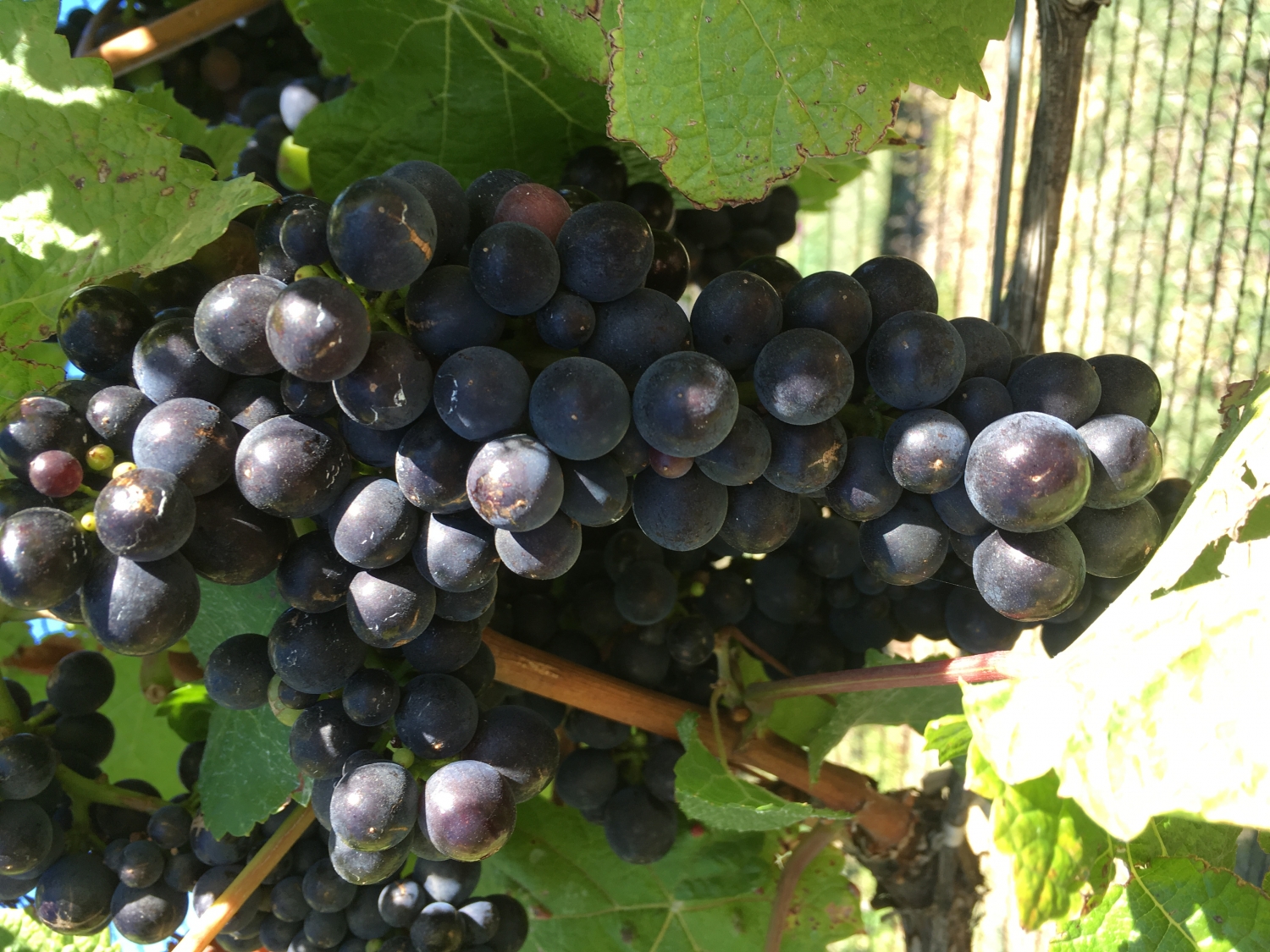For anyone who thinks they have the midas touch required to become one of only 230 master sommeliers worldwide, the Scott Base ‘Pinot Project’ provides all the ingredients to finesse the vintner’s craft.
Applicable for both wine buffs and novices alike, the team from Allan Scott Family Winemakers is providing pinot-loving Kiwis with the unique opportunity to try their hand at the delicate art of wine blending, all from the comfort of their own home.
The premium selection of wines from its Central Otago Scott Base vineyard make up the ultra-exclusive Pinot Project case, with each case housing three ‘clones’ (slight variations of the Pinot Noir grape that provide different nuances, structures and flavours) which the winemaking team, led by Josh Scott, have used to create the very unique Scott Base Reserve Pinot Noir (the fourth bottle in the case).
The ultra-exclusive Pinot Project concept is a first for New Zealand, and with only 400 cases available at $150 a pop, is designed to challenge and inspire self-proclaimed wine connoisseurs across the country to put their skills and tastebuds to the test.
“Much like a painter uses a variety of colours and textures to create a masterpiece, we use a variety of clones to develop the perfect Pinot Noir – and now we want others to have a go at the blending process,” says Josh.
“We know Kiwis are partial to a Central Otago Pinot Noir, so we thought it fitting to create the opportunity to develop their own unique drop. Grab your friends, throw on some tunes and get the cheese board out then let the blending begin – see if you can do better than the professionals by combining the four clones to make your own world class artisan Central Otago Pinot Noir.”
According to Josh, those taking on the Pinot Project can expect to experience a number of different flavours and aromas from dark berry fruit (think plums, cherries and blackberries) to gorgeous spices including pepper, clove and thyme.
Those looking to enjoy their unique blend alongside the perfect meal can also head to online to download and recreate exclusive recipes from Twelve Trees Head Chef Lawrence Purser which have been designed to match the Scott Base Reserve Pinot Noir and bring the blend’s deep flavours to life.
About the Pinot Project clones
Scott Base Clone 10/5
This was the first clone to come to NZ in the 60s and was widely planted by the first Pinot Noir producers. It originates from Burgundy, France and although a lot of early producers used it for the production of Methode Traditionnelle, with age and good crop management it produces some outstanding still wines. This clone is extremely rich in ripe red fruit – it has a depth of flavour that gives a lingering complexity on the palate and enough oak to integrate with the fruit.
Scott Base Clone 777
This is one of the newer “sexier” Dijon clones from France, and is popular with winemakers around New Zealand. It is specifically selected for its smaller crops, tight bunches and lovely fruit characters. It features large black fruit and also a herbal character with hints of chocolate and leather, alongside tighter tannins.
Scott Base Clone 5
This Clone comes from the famous Pommard region in France. It was isolated by UC Davis University of California and was widely planted around the world in the 1970s. This clone shows big rich primary red fruit and lots of dark cherry. It retains its acidity, has a good amount of French oak and finishes with some tight tannins.
Scott Base Reserve
The Scott Base Reserve recently won an ‘Elite Gold’ medal at the Air NZ Wine Awards, and is a blend of the above three wines. The Scott Base Central Otago Reserve is a lot fuller bodied in flavour with aromas of berry fruit and black cherries, wild thyme and toasty oak layered with savoury spice. It is a medium-bodied wine that is rich and luscious, with supple tannins, balanced acidity and a long finish. Quite simply: the best of the best.
About Scott Base vineyard
Owned by Allan Scott Family Winemakers, Scott Base vineyard is situated in one of the most beautiful regions of New Zealand, overlooking the quaint township of Cromwell and Lake Dunstan, with the majestic Pisa Range acting as a spectacular backdrop.
To celebrate and pay tribute to the link between Scott Base in Antarctica and Scott Base vineyard, the Scott family formed a partnership with the Antarctic Heritage Trust which is entrusted to preserve the buildings and heritage status of Antarctica. The family donate a percentage of sales of Scott Base wines to the trust and provide wines for events and ongoing activities.









